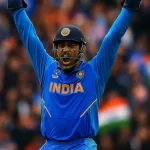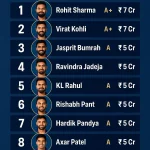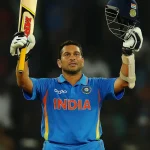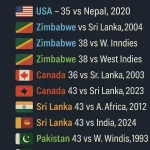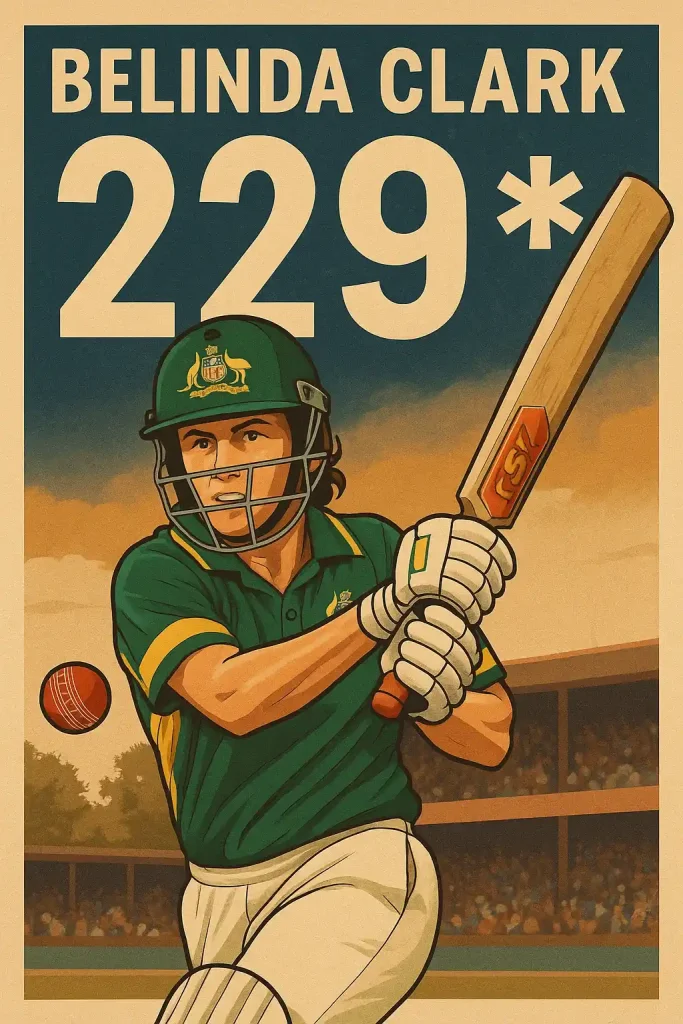
For the longest time, a double century in One Day Internationals was considered mythical. Too far. Too ambitious. The kind of idea you might float during a coffee break but never seriously expect to witness in your lifetime. And then — out of nowhere — came December 16, 1997. Belinda Clark, captain of the Australian women’s cricket team, turned that myth into memory. She didn’t just cross 200. She did it with composure, class, and complete control. Against Denmark, in a World Cup match barely covered by international media, she struck 229 not out. That was it. The first-ever 200 score in ODI cricket. And yes — it came from a woman.
What made Clark’s innings stand out wasn’t just the score. It was the context. Women’s cricket wasn’t under the spotlight back then. There was no hype, no hashtag storm, no live-streaming headlines. But Belinda’s knock echoed through cricketing corridors across the globe. People started asking: “Wait — did someone actually score a double hundred?” It wasn’t about gender. It was about greatness. And for the purists, that innings was a masterclass in placement, strike rotation, and total match awareness. It was a message: records don’t care where you come from — just how hard you’re willing to go.
Breaking Down the First 200 Score in ODI Cricket
To appreciate what Clark pulled off, let’s look at the numbers. She faced 155 balls. Hit 22 boundaries. Kept her strike rate at 147.74 — a ridiculous figure back then. She did this without the benefit of modern powerplays, ultra-light bats, or short boundaries. Her 229* wasn’t inflated by weak opposition; it was strengthened by how clinical she was.
Here’s a breakdown:
| Statistic | Value |
| Opponent | Denmark |
| Balls Faced | 155 |
| Not Out? | Yes (229*) |
| Boundaries | 22 (0 sixes) |
| Strike Rate | 147.74 |
| Venue | Mumbai, India |
| Occasion | Women’s World Cup 1997 |
Clark walked in when the score was already decent. But she turned a solid foundation into something unthinkable. It wasn’t brute force. It was timing, patience, and an eye for empty spaces. She didn’t slog. She placed. Threaded the field. Took twos when most would settle for singles. And by the time Denmark walked in to chase, the match was already lost.
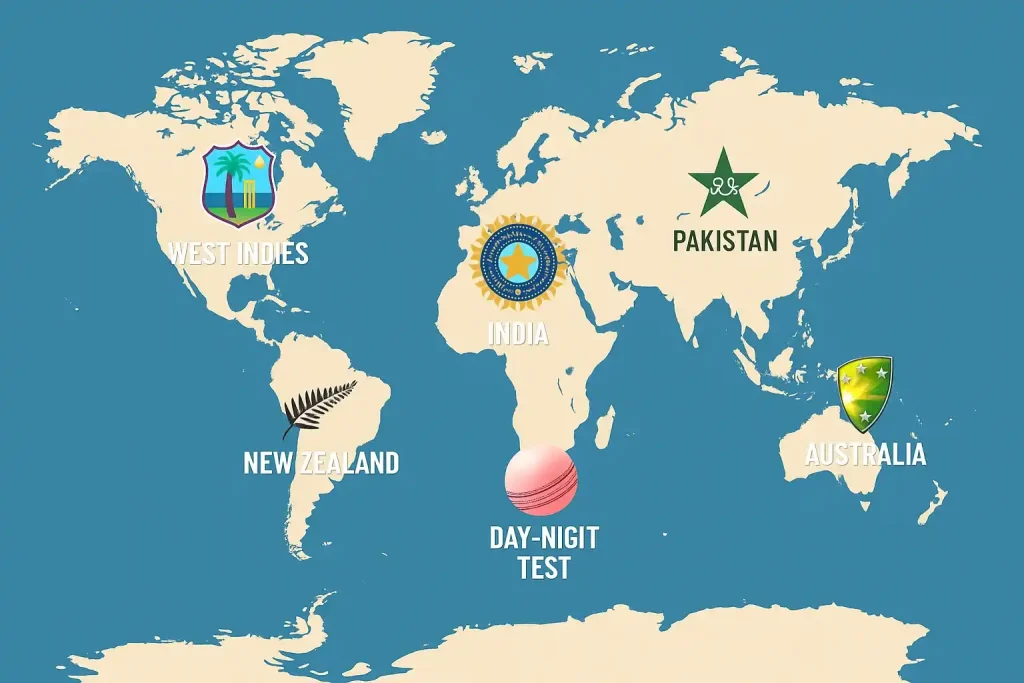
The Men Follow — But Years Later
This is the astonishing part; it took over a dozen years for a man to achieve that milestone. It was in February of 2010 when the Little Master, Sachin Tendulkar, achieved it – 200 not out against South Africa in Gwalior. And after that, it was just a matter of time. Sehwag, Rohit Sharma, and Chris Gayle all followed suit. But Belinda Clark was the first.
Nonetheless, when the list of ODI greats is mentioned, how often is her name included? What about sports trivia? The reality is, most cricket fans would be stunned to learn that she was the one to break the 200-run barrier first. This piece seeks to address that. Because that inning was more than just a score. It was a potent declaration.
All Double Centuries in ODI Cricket (Up to 2025)
| Player | Score | Opponent | Year | Gender |
| Belinda Clark | 229* | Denmark | 1997 | Women |
| Sachin Tendulkar | 200* | South Africa | 2010 | Men |
| Virender Sehwag | 219 | West Indies | 2011 | Men |
| Rohit Sharma | 264 | Sri Lanka | 2014 | Men |
| Martin Guptill | 237* | West Indies | 2015 | Men |
| Chris Gayle | 215 | Zimbabwe | 2015 | Men |
| Amelia Kerr | 232* | Ireland | 2018 | Women |
What stands out from this table isn’t just the scores — it’s the gap. A 13-year gap between Clark and Tendulkar. Her feat wasn’t just first — it was far ahead of its time. And Kerr’s 232* in 2018? It reminded us that the women’s game has firepower, finesse, and flair to match anyone.
What Makes a 200 Score in ODI So Special?
There’s something about the 50-over format. Unlike T20s, there’s time to build. But unlike Tests, you can’t settle. You have to move — accelerate, pause, judge the pitch, switch gears. A double century in an ODI is an act of mental and physical endurance. It’s not a single sprint — it’s a sequence of sprints over three hours.
Most 200s include a mid-innings slowdown, followed by a late explosion. Players save their big shots for the final ten overs. But Clark didn’t play by that template. She just kept building. Kerr did the same. These weren’t innings of chance — they were blueprints.
Why Clark’s 229* Still Matters
Because it reminds us how stories get buried. Because it proves that impact isn’t always reflected in popularity. Belinda Clark didn’t get the attention. But she got the respect. Ask any women’s cricketer who inspired them — chances are, her name will pop up.
And look at where we are now. The women’s game has its own leagues, broadcasters, prime-time matches. That 229* didn’t cause all of this. But it cracked the door open. It whispered, “Look what’s possible.”
Could Someone Score 300?
Honestly? Yes. The way the game is evolving, with flatter pitches, stronger fitness levels, and more aggressive mindsets — 300 isn’t a joke anymore. Men or women. It could happen. The question is: who wants it badly enough?
Players like Shubman Gill, Smriti Mandhana, or even someone still unknown — they’re out there. Grinding in domestic leagues. Visualising the day. Waiting for the moment. The format is changing, the belief is shifting. And when it happens, it’ll carry echoes of Clark’s day in 1997.
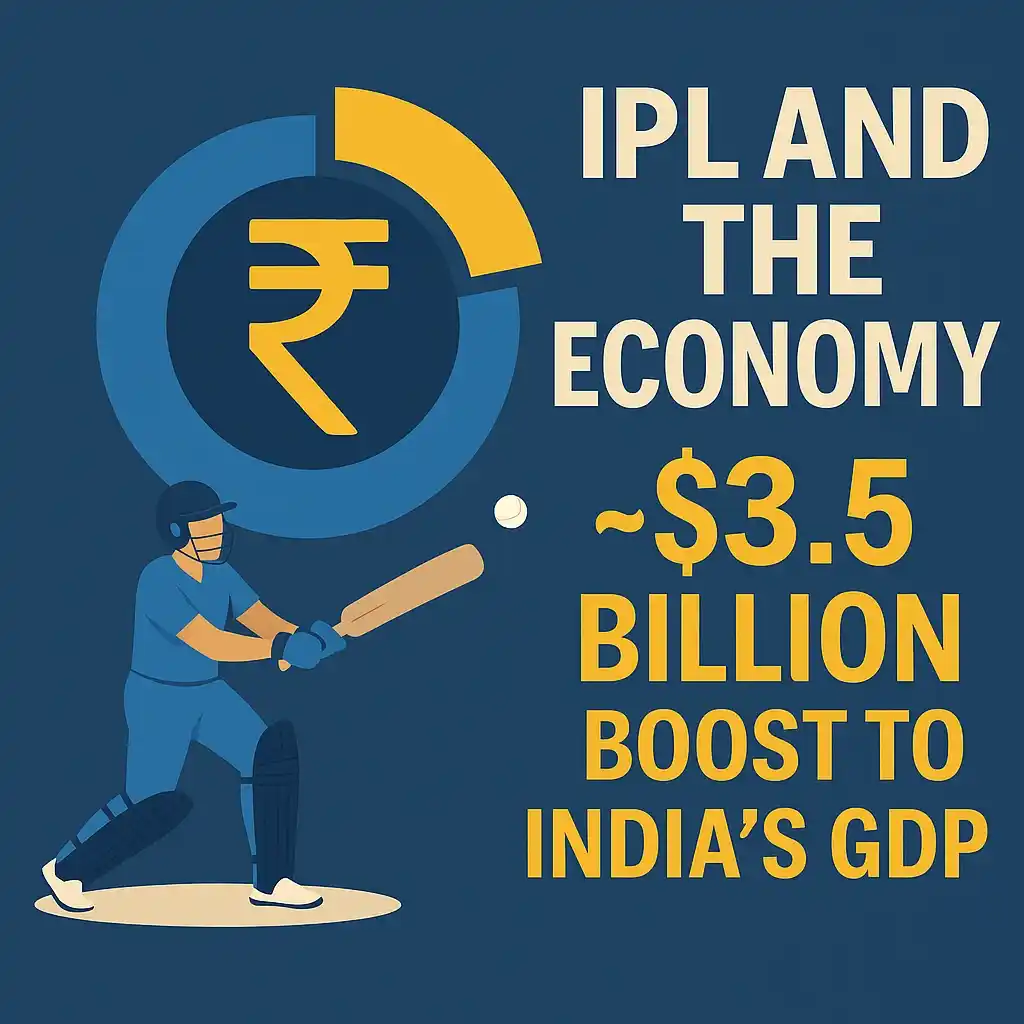
Final Thought
The first 200 score in ODI history didn’t come with fireworks. It came quietly, from a leader who didn’t wait for recognition. Belinda Clark redefined what was possible, long before others believed it. She may not be in every highlight reel, but her story? It lives on. Not just in numbers, but in every young cricketer who dreams of rewriting limits — just like she did.

Meet Arjun Kushaan, a passionate cricket analyst at The Cricket24x7. From street matches in his childhood to competitive college tournaments, cricket has always been a central part of Arjun’s life. With a strong background in data analysis and a natural affinity for numbers, he brings a fresh, analytical lens to the game. At The Cricket24x7, Arjun blends his deep love for cricket with his data-driven approach to deliver detailed insights and well-rounded coverage for fans of the sport.

